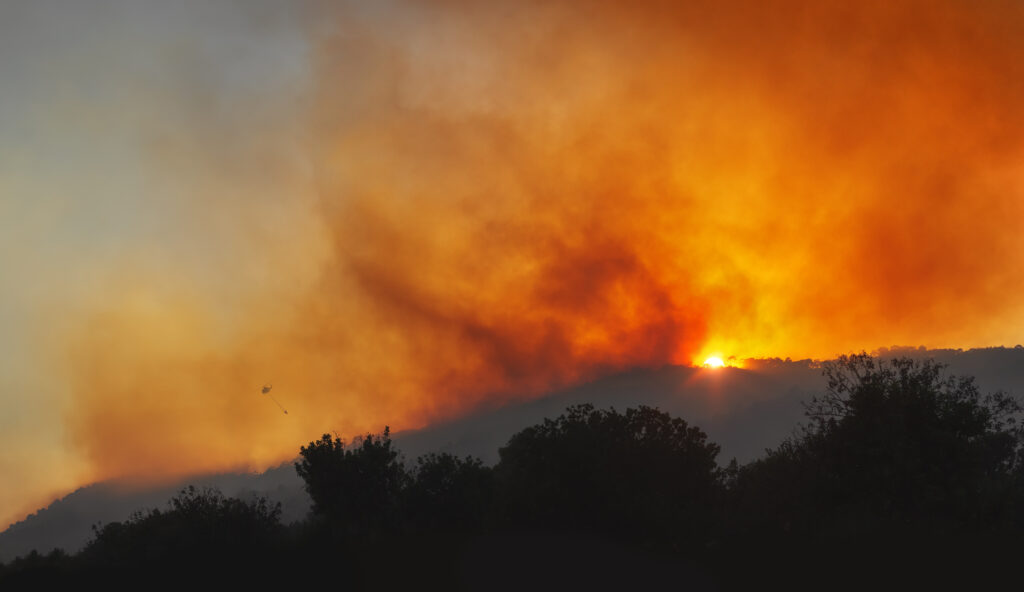A local government issues a s33 notice to a resident to reduce their fuel loads and subsequently engages their Bush Fire Brigade (BFB) to assist with a fuel reduction burn. Unfortunately, one of the brigade trucks backs into the resident’s house.
What are the implications for the property owner if they suffer injuries or property loss because of the BFB activities?
This is a situation that crops up from time-to-time, where private property is damaged during BFB activities and there are some things to consider.
Firstly, when a landowner receives a s33 notice they may ask the local government for help to comply with their obligations. The local government can agree to carry out these works at the request of the landowner, and that ability is reflected in section 33 (6) of the Bush Fires Act.
If the local government agrees to provide this assistance, then it will owe a duty to the landowner (and surrounding landowners). But that duty is not strictly the same as the duty faced by a commercial contractor.
The agreed task must be performed with reasonable skill and care. This is also the case with a commercial contractor. If a commercial contractor fails to discharge that duty, then it will be liable to the landowner for any loss that is directly and foreseeably caused by that failure.
However, the local government, would probably be protected under section 37 of the Fire and Emergency Services Act 1998 (WA). This section provides a limited immunity to local governments with respect to claims arising out of the performance of a function under the emergency services Acts (which includes the Bush Fires Act). Accordingly, if the local government was conducting works on private property pursuant to section 33 (6) of the Bush Fires Act, and if those works caused property damage or other loss, then the local government would be protected as long as the loss arose out of conduct in good faith.
If, however, the conduct by the local government which caused loss was not in good faith (gross negligence, recklessness, deliberate misconduct for example), then s37 would not apply and the local government would be liable in damages.
Section 37 of the Fire and Emergency Services Act would not, however, provide any protection for a claim for a personal injury arising out of the driving of a registered motor vehicle (where there is third party insurance that covers the use of that vehicle). It should be noted that there is no need to prove negligence in third-party injury from a vehicle accident.




